
Developer: Coatsink Software
Publisher: Coatsink Software, Occulus Studios
Platform: Switch, Occulus Quest, PS VR2
Tested on: Switch
Jurassic World: Aftermath Collection – Review
For most people, the Jurassic Park/World franchise might not be up there with Star Wars or Marvel, but if you’re anything like us, then Universal’s dinosaur franchise holds a special place in your heart, even if the latest movie wasn’t all that good. When Coatsink announced that they would be bringing Jurassic World: Aftermath Collection to the Switch, they immediately had our attention. We didn’t have any experience with the game’s original release on VR devices, but the idea of a stealth survival game set in the ruins of genetic company InGen’s laboratories sounded like an intriguing prospect. Having survived our visit to Isla Nublar, it’s time to decide whether or not we endorse Jurassic World: Aftermath Collection.
Story
Set in between the first Jurassic World film and Fallen Kingdom, Aftermath places you in the role of Sam, a mercenary who has been hired to recover genetic material from InGen’s laboratories. As the plane carrying Sam and his team approaches Isla Nublar, it is attacked by pteranodons and crashes. The only survivors are Sam and dr. Mia Everett, who must now fend for their lives and find a way off the dinosaur-infested island. While Mia has extensive knowledge of the workings of the island, she also has a broken leg, so it’s up to Sam to find a way to restore communications and signal for help to the mainland. With the island under UN quarantine, however, their only hope of rescue is the man who sent them there in the first place. Most of the story that unfolds is told by dr. Everett, either by her talking to you remotely or by playing back audio recordings from her past experiences at the ill-fated theme park. While it’s debatable how much of Aftermath is canon, there is nothing present here that directly contradicts the events from the films, and fans of the franchise will love this expansion of the Jurassic World universe.
Graphics
Rather than opt for realistic graphics like those seen in Jurassic World Evolution 2, Aftermath uses a striking visual style that resembles a comic book. It’s a clever solution as it looks good enough without having to rely on the processing power needed to render the same game with photorealistic graphics. Accordingly, performance on the Switch is great, with fairly minimal load times. The colors of the environment also adapt to the situation, with the environment turning blue while you’re hiding and red when you’ve been spotted by a dinosaur. There are no visible human models in the game, but the dinosaurs look decent enough for what Aftermath attempts to convey.
Sound
Out of all the games that we’ve reviewed this year, Aftermath might just be the one with the best sound design. That might be a bold claim, but the game’s audio is just that good, especially when playing the game with headphones on. Not only does the rich soundscape help with immersing yourself in Aftermath, but it also becomes an essential gameplay element. You’re often not able to draw a line of sight to the dinosaurs that stalk you and instead have to rely on the sounds they make to assume their location. The roars, snarls, and hisses are accurate representations of the sounds from the movies. Hiding under a desk while you hear the footsteps and breathing of a velociraptor in the same room is a tense affair that just doesn’t get old. The game’s music is great as well, paying homage to both John Williams’ original soundtrack as well as Michael Giacchino’s compositions for the modern trilogy. Rounding things out are fantastic voice performances by Laura Bailey, BD Wong, and Jeff Goldblum.
Gameplay
Originally released as a VR title, Aftermath was completely reworked for the Switch, or so developer Coatsink claims. The result is a surprisingly serviceable survival stealth title, although the game’s VR DNA is still very noticeable. The full title, Jurassic World: Aftermath Collection is somewhat misleading, as it implies that you’re getting more than one game. While Aftermath was released in two parts originally, it’s still just a single game and a DLC rather than two standalone titles. The core gameplay is fairly simple. Taking control of Sam, in first-person perspective, you’ll need to navigate your way through the massive NMS building, completing objective-based missions and solving puzzles, all the while avoiding the Jurassic franchise’s iconic dinosaurs. The ultimate goal is of course for Sam to make his way off the island. The most prominent obstacle standing between our hero and his freedom is a trio of velociraptors, although he’ll run into other species as well. Sam only has access to limited tools to deal with his cretaceous adversaries, so most of the gameplay revolves around hiding from the dinosaurs that stalk him.
The game’s structure is very straightforward. You’re given a simple objective, whether it’s reaching a specific location, hacking a computer, or finding an item. Your only aid in achieving your objective is a prototype device strapped to your left arm, which is used to remotely communicate with Mia, access computers, remotely activate speakers to distract dinosaurs, and it also acts as a flashlight. The majority of the game is spent in the company of those aforementioned velociraptors, with gameplay that mimics the iconic kitchen scene from the first Jurassic Park film. You’ll be hiding under tables and in lockers and attempting to draw the genetic monstrosities’ attention away from you by remotely activating speakers, radios, and microwaves so you can sneak past them. The game could have used some more variety with how you deal with the velociraptors specifically as, despite the continuous tense atmosphere, the core gameplay can start to feel repetitive after a while.
Admittedly, the other dinosaurs you encounter add some gameplay variety. Take the dilophosaurus, for example, the franchise’s poison-spitting frilled lizard. Instead of outright killing you, like the raptors do, dilos will spit their venom and try to blind you. If this happens, you’ll need to find a pipe where you can wash your eyes. If you are hit by a dilophosaurus’ spit again before you can do so, it’s game over. Fortunately, the creatures are far easier to deal with than velociraptors, as simply shining a flashlight at them is enough to make them disperse. Non-velociraptor sections are unfortunately too few and far between, and a lot of the velociraptor mechanics don’t really make sense. Why can’t Sam simply lock them in a room, for example? And how are they able to keep appearing in rooms that were previously inaccessible? Some suspension of disbelief is required, as Aftermath is a game after all, but we do feel like this would have been a better game if the raptors were used more sparingly in lieu of more dinosaur variety.
Granted, Aftermath follows a very linear structure and the way that the dinosaurs are implemented ensures that no two runs are the same. Apart from a handful of key events, dinosaurs don’t spawn in fixed locations, not even after you die and return. Additionally, your enemies don’t follow predetermined movement patterns either, meaning that you can’t just memorize when and where a velociraptor might appear and brute force your way through Aftermath with trial and error. Despite this, there isn’t a whole lot of replay value here beyond that first playthrough. There are hidden collectible plushies scattered throughout the levels, but these don’t offer enough incentive to return to Isla Nublar after the credits roll. We should also mention that we ran into a game-breaking glitch halfway through our first run: we accidentally glitched through a door that we shouldn’t be able to, and ended up stuck. Given that the game relies on autosaves, we weren’t able to revert to a previous save file and had to restart from the beginning.
Of course, the question remains whether or not Aftermath is better off as a non-VR experience. There is something that can be said about the accessibility here, as not everyone has access to VR equipment, and some people simply are unable to enjoy VR games because they get physically ill. VR games typically aren’t intended to be played for hours at a time, and Aftermath might actually be less repetitive and tedious when broken up into smaller chunks. That said, the most immersive and enjoyable time we had with it was when we were playing the game with headphones on, in the dark, which is probably as close as we’ll get to playing the game in VR without using an actual VR headset. Given that Aftermath is headed to PlayStation VR sometime next year, we’re pretty sure that Coatsink is aware that the game is best played this way, but even so, the Switch port remains a more than decent alternative.
Conclusion
While far from a perfect game, Aftermath gets a lot right in creating a convincing Jurassic World experience. The immersive soundscape and tense atmosphere make for a game that will delight fans of the franchise. The repetitive nature of the gameplay makes Aftermath less suitable for lengthier gameplay sessions, and it didn’t help that we had to replay the first half of the game due to a game-breaking glitch. It didn’t stop us from enjoying Aftermath for what it is, and the game is definitely worth checking out if you’re a fan of the franchise, although it might be too shallow of an experience if you’re only here for the gameplay and not for the worldbuilding.
Jurassic World: Aftermath Collection - Review,
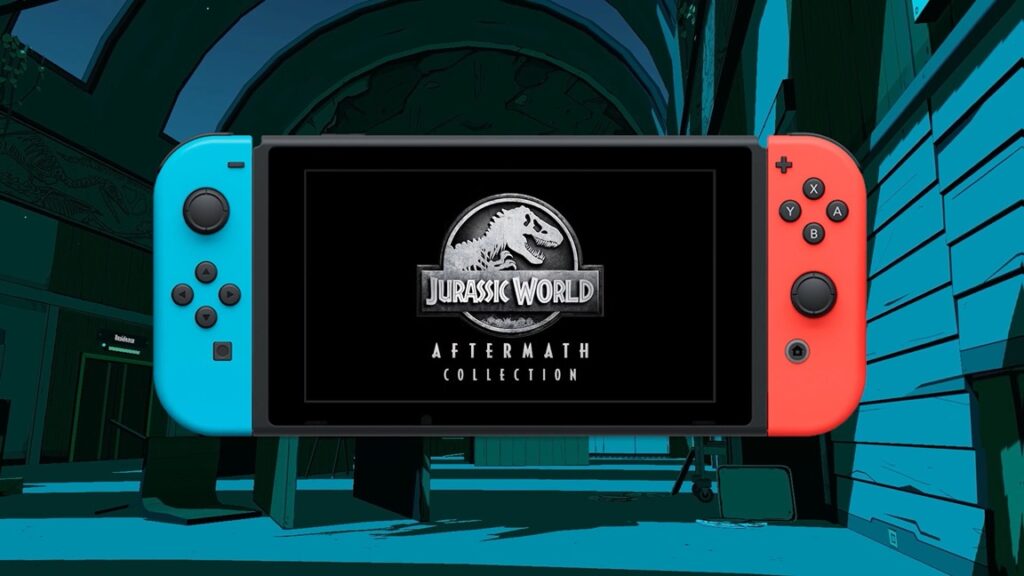
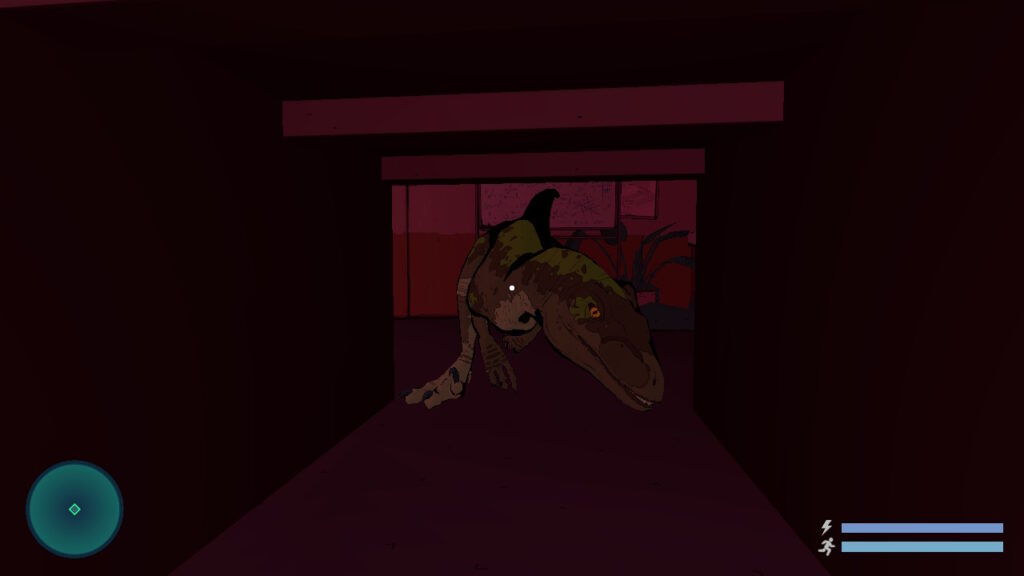
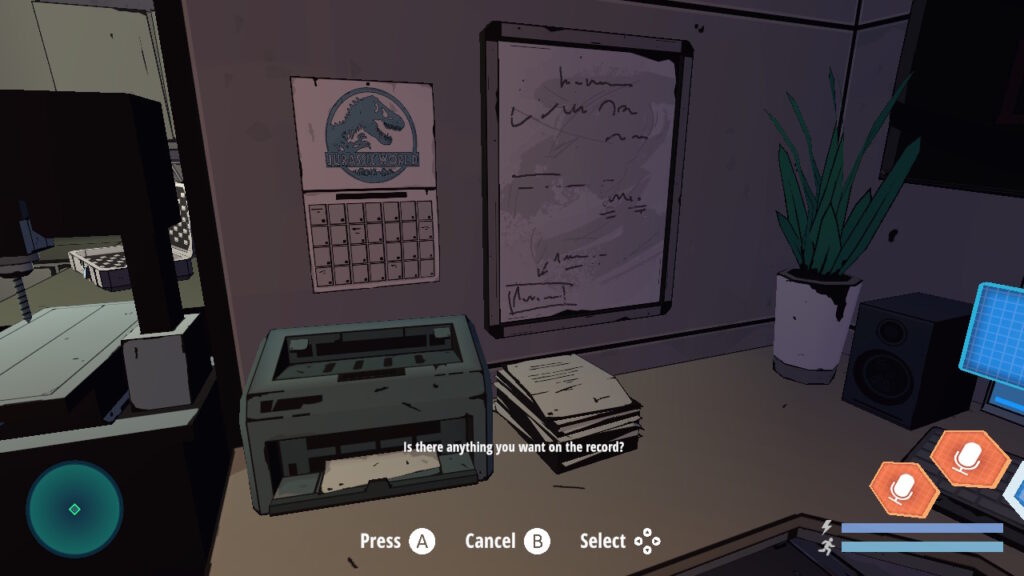

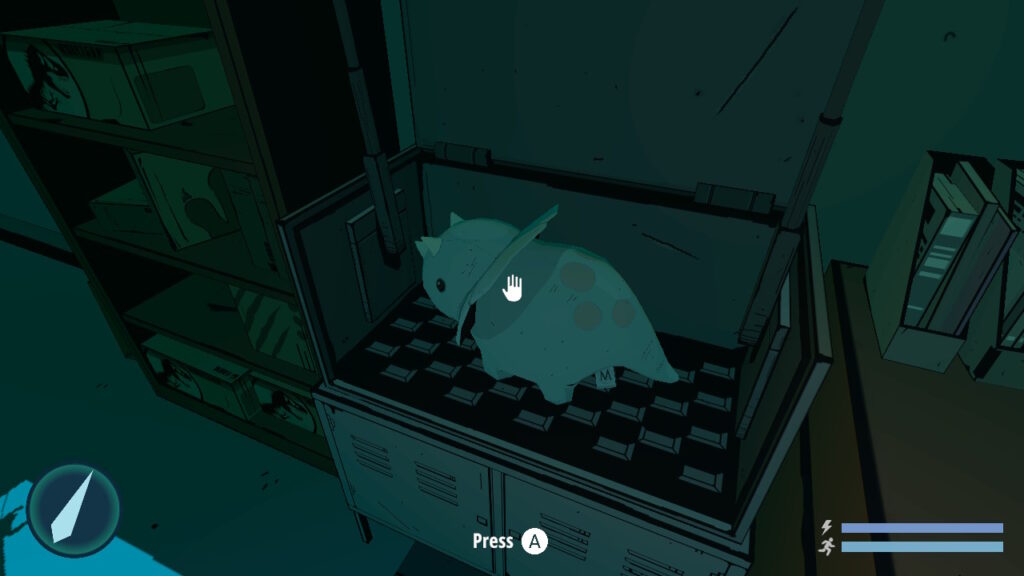


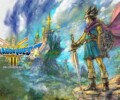

No Comments